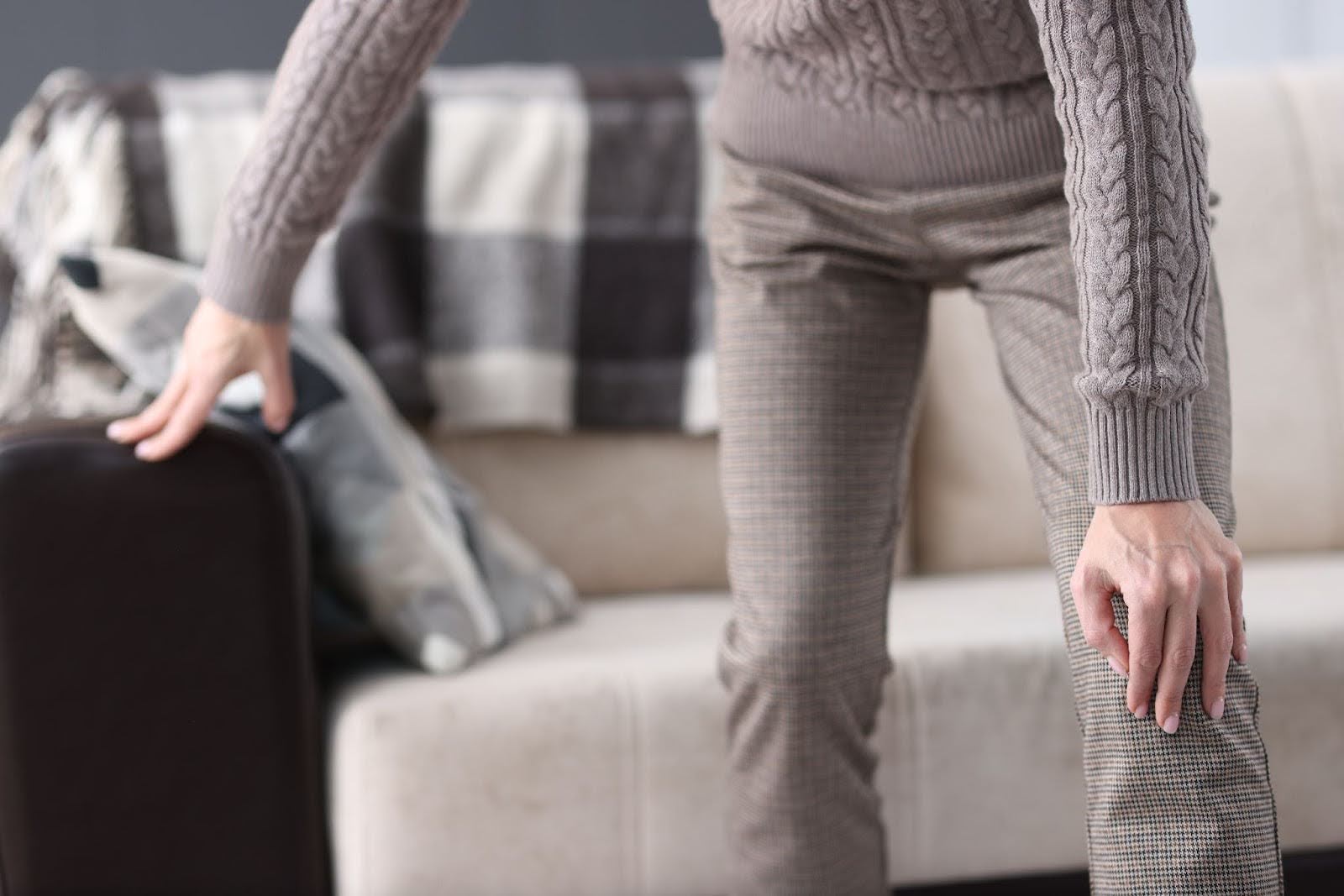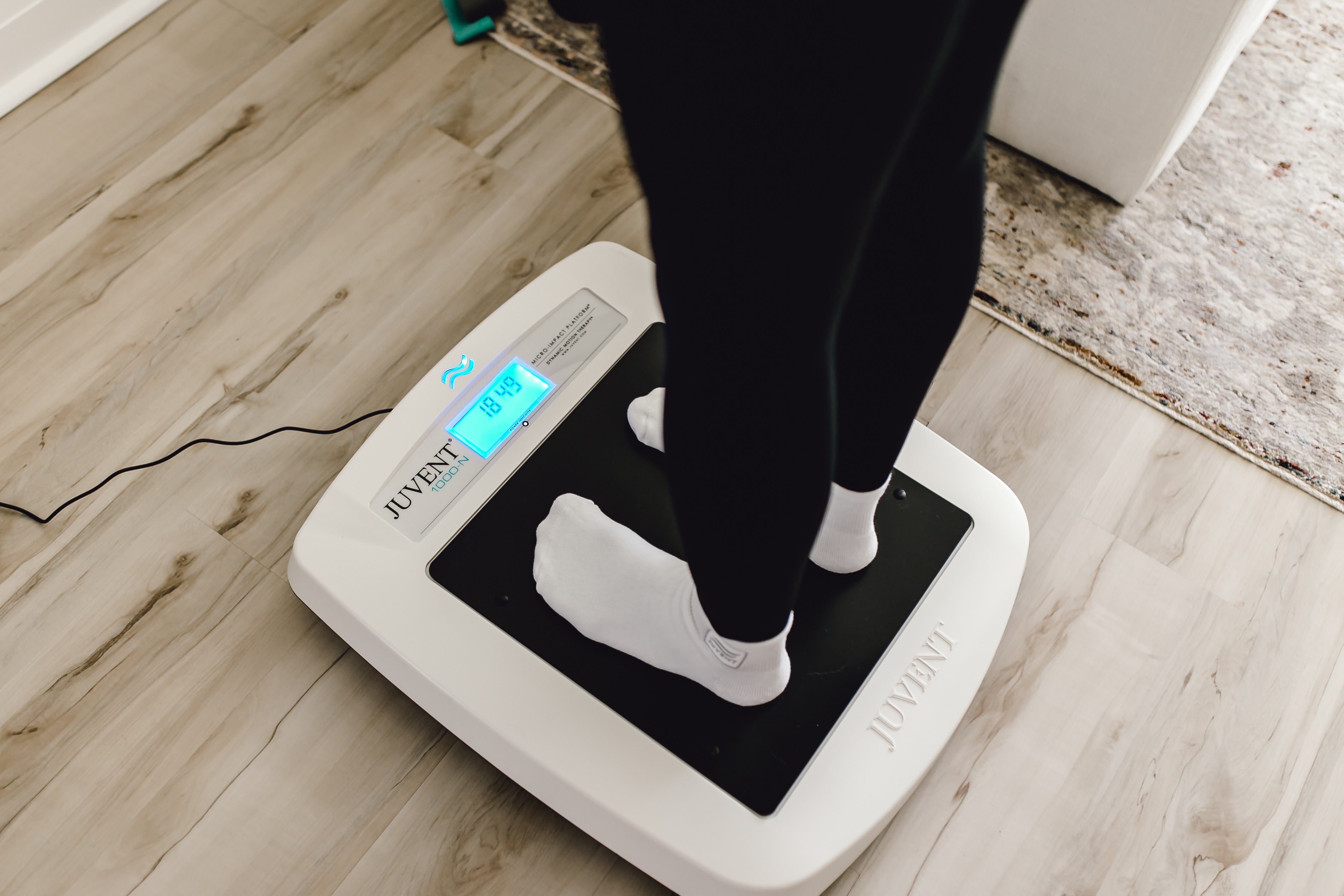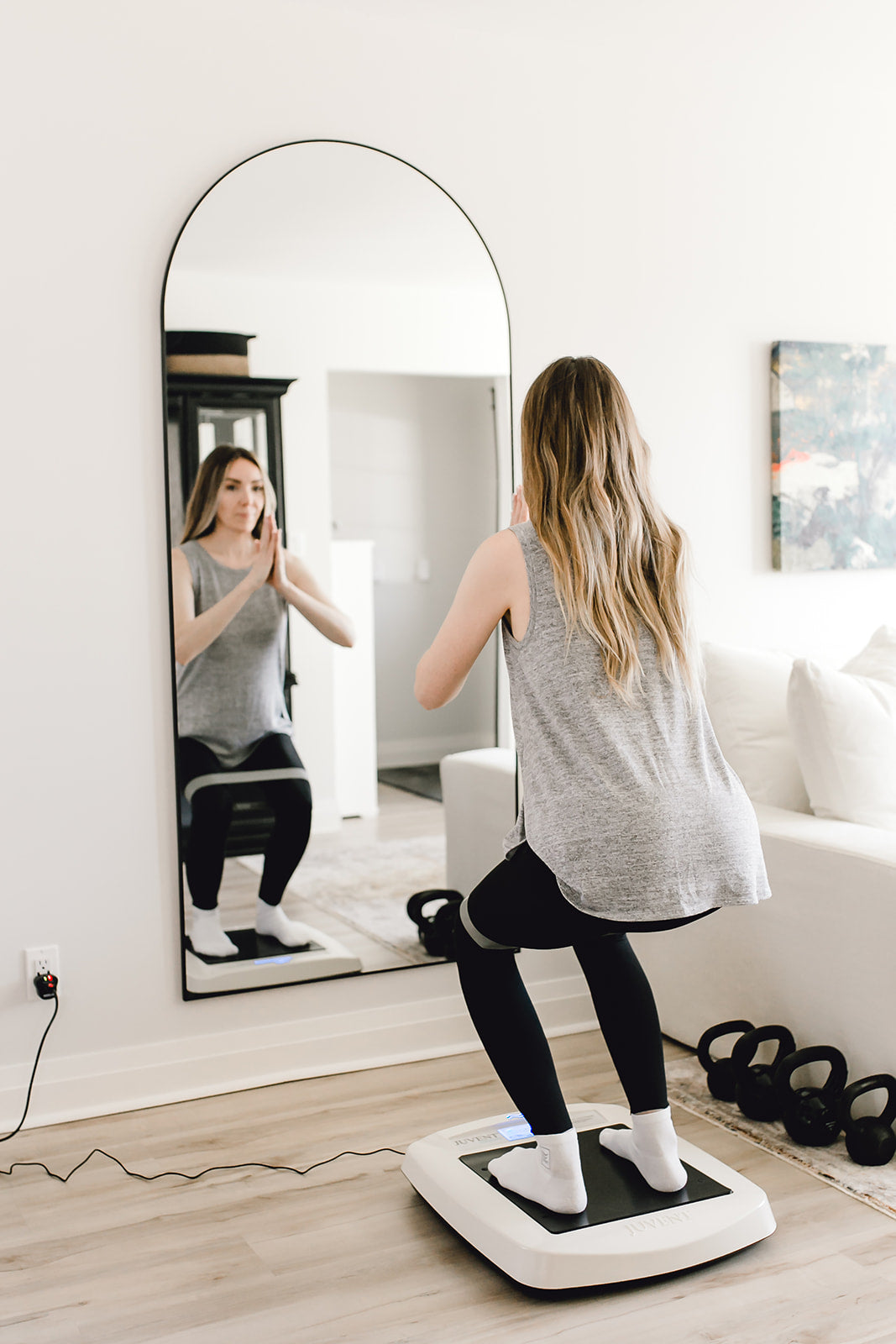Joint soreness is a common complaint for people of all ages. Whether it’s a passing ache or persistent discomfort, sore joints can interfere with daily life and make physical activity feel more challenging. Understanding what can cause sore joints helps you better manage your joint health. Let’s learn the reasons behind sore joints, why soreness may come and go, and what you can do to improve joint comfort naturally.
Why Are My Joints Sore?
Joints are complex structures where two or more bones meet, cushioned by cartilage and supported by muscles, tendons, and ligaments. When these tissues are stressed, injured, or inflamed, discomfort can arise. While there are many causes, here are some of the main reasons joints can hurt:
- Overuse or Strain: Repetitive activities or sudden increases in exercise can lead to inflammation and soreness.
- Aging: As we age, cartilage can wear down, and joints may lose flexibility, leading to more frequent soreness.
- Injury: Minor injuries like sprains or strains can cause short-term joint pain.
- Inflammation: Conditions such as arthritis or gout involve inflammation that can make joints sore.
- Weather Changes: Shifts in barometric pressure can cause joints to feel achy, especially in colder, damp environments.
- Lifestyle Factors: Poor posture, being overweight, and a sedentary lifestyle can contribute to joint pain.
Occasional Discomfort: Why Do My Joints Hurt From Time to Time?
It’s important to note that not all joint soreness is constant. Many people experience sore joints intermittently. Here are a few reasons why the pain might not always be present:
- Activity Levels: If you increase your activity (especially something new or intense like hiking, running, or lifting), you may notice sore joints after exercise but feel fine once your body recovers.
- Minor Injuries: Small strains might only cause pain during certain movements but not at rest.
- Fluctuating Inflammation: Some inflammatory conditions come in waves, causing soreness during "flare-ups" but periods of comfort in between.
- Recovery and Healing: Sometimes your joints feel sore during the body’s natural healing processes after minor injuries or strain.
If your soreness is mild and occasional, it’s often manageable with lifestyle adjustments. However, if you're experiencing sore joints all over the body persistently, or if the soreness worsens, it’s a good idea to consult a healthcare professional.
Paths to Improving Joint Comfort
Maintaining healthy joints requires a proactive approach. There are many natural options you can turn to for supporting joint health and easing soreness.
Start by staying active, which may seem counterintuitive. It provides lubrication to joints, improves strength, and enhances mobility. Regular low-impact exercise like swimming, biking, yoga, or using Juvent’s Micro-Impact Platform® can strengthen muscles around joints without putting too much stress on them. Gentle stretching improves flexibility, keeping the limbs moving through the best possible range of motion and reducing tension. After heavy activity, allow your body time to recover to avoid overuse injuries.
Your diet plays a key role in how your joints feel and function. Omega-3 fatty acids, leafy greens, and berries have been linked to helping fight inflammation naturally. Water intake is part of your diet and is just as important since adequate hydration supports joint lubrication and overall health. Maintaining a healthy body weight through diet and exercise reduces unnecessary strain on weight-bearing joints like hips, knees, and ankles.
Incorporating wellness devices like Juvent’s Micro-Impact Platform into your routine can help with joint comfort by promoting better circulation and gentle strengthening without the harsh impacts of traditional exercise. Supplementing your lifestyle with the benefits of micro-impact takes less than 20 minutes a day with our patented platform; you don’t even have to leave the house or break a sweat.
When to See a Doctor About Sore Joints
If your joint soreness becomes chronic, severe, or is accompanied by swelling, redness, or loss of function, it’s time to see a healthcare provider. They can determine if there’s an underlying condition like arthritis that needs targeted treatment. It’s always best to seek guidance from a healthcare professional if you’re ever in doubt.
Experiencing sore joints after exercise or from time to time is common and often a natural part of being active or aging. However, by understanding what can cause sore joints and taking proactive steps to support joint health, you can keep moving comfortably and confidently at any age. Taking care of your joints today means a more mobile, active, and enjoyable future!




Share:
What's in HydroxyBMD3™ PM? The Calcium Absorption Boost of Di-Calcium Malate
Can Edema Be Reversed?